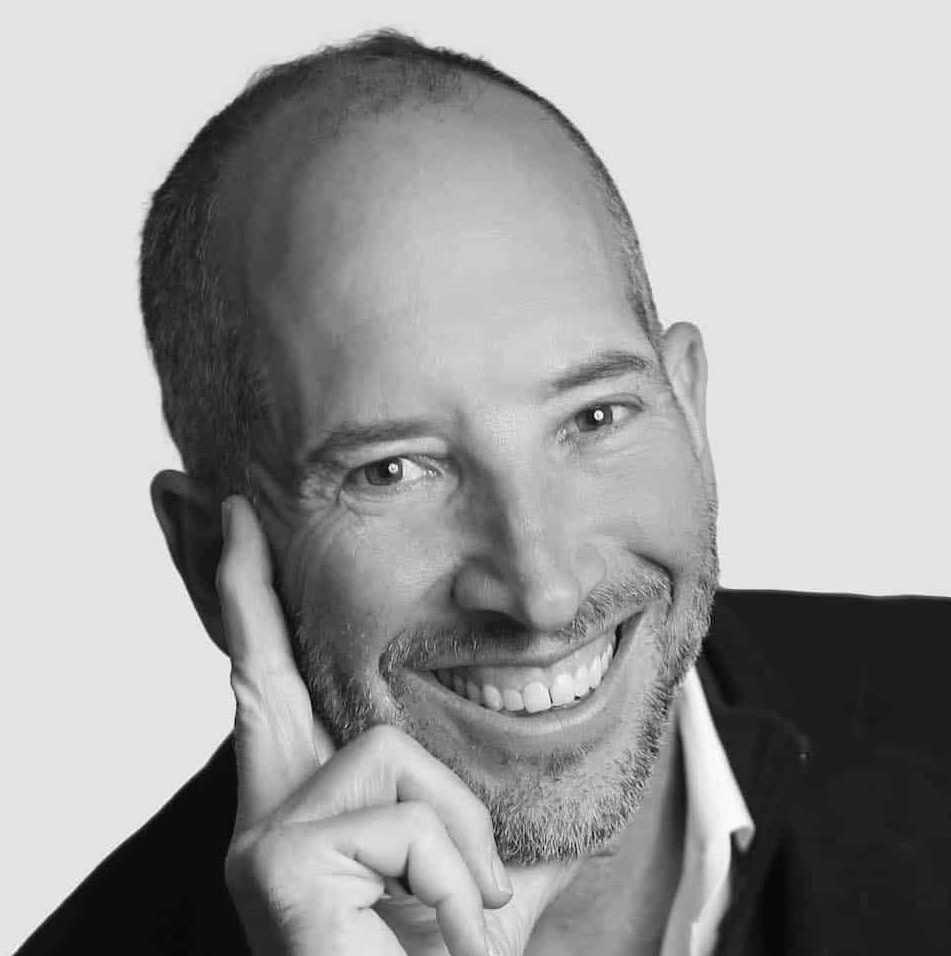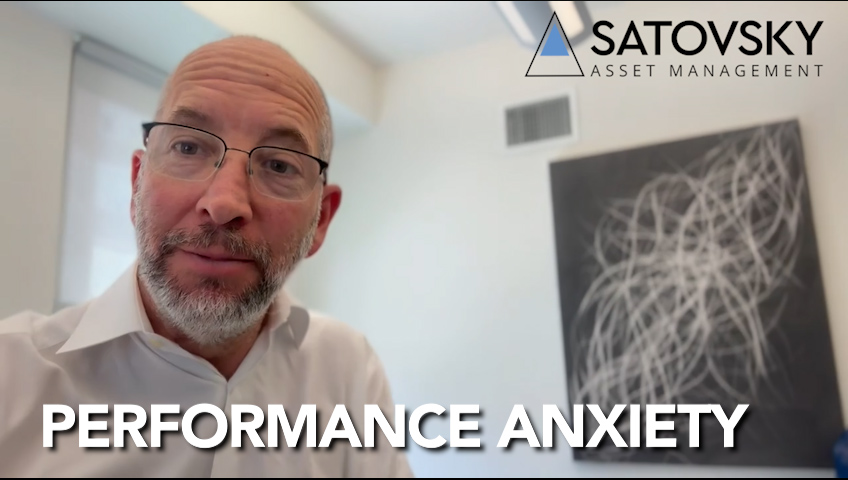Good morning, good afternoon, good evening. Depending on the part of the world you’re in. This is Jonathan Satovsky of Satovsky Asset Management. And on today’s episode of “Seeking Wisdom, Wealth, and Wellness,” I want to talk about pension obligations.
In the original desire to be able to care for people as they age, many corporations used to provide what are called defined benefit plans. When you finish working, you get a percentage of your final average salary in compensation for life. Well, when life expectancy was 62, that wasn’t very difficult to meet, but as life expectancy continues to rise, those obligations are extraordinarily challenging for most institutions to make. So, many people changed this formula to put the burden on the employee to save in their 401(k) or 403(b), or other types of pension schemes, where they had to control their own savings rate and investment choices during their lifetime and throughout retirement.
I spoke to someone today on the same notion about the idea and he said it’s all about cash flow. I just need cash flow. Well, let’s just reframe that a bit. You could have cash flow from an investment. If you live on all the cash flow, you’re not taking into account inflation, taxes, good times and bad times, cuts and dividends, and the like. So, I want to reframe a formula for everyone to reverse engineer the idea that you want to accumulate enough financial assets to be able to maintain a 2 to 3% spend rate. And that gives you the bandwidth to cover taxes, inflation, as well as the hidden cancer of the 1 to 6% behavioral errors that people make year in and year out.
Let me say it again. 2 to 3% for spending, 1 to 2% for taxes, 3 to 4% for inflation, and 1 to 6% accounted for behavioral errors. If you do that, you’ll have sustainable finance on your path to Wisdom, Wealth, and Wellness—cash flow or no cash flow—structurally for your own psychological safety.
Have a great day.



